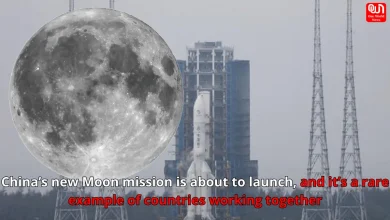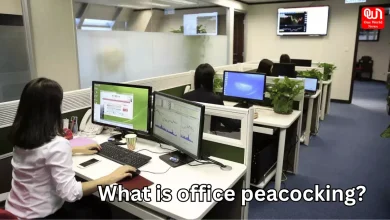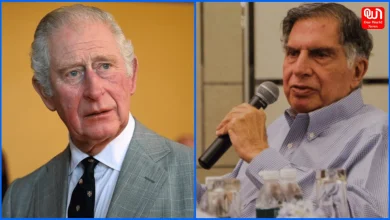
Understand the limitations of the new EIA draft
The Ministry of Environment, Forest and Climate Change of India has proposed a new Draft Notification for the Environment Impact Assessment (EIA) to amend the earlier EIA Notification of 2006. The aim is to increase production. Since the proposal, the new EIA draft is witnessing massive opposition for complicated changes. Even Congress MP Rahul Gandhi criticized the draft and called it disgraceful and dangerous.
What is EIA?
An Environment Impact Assessment is a process for evaluating the likely environmental ramifications of a proposed project. EIA makes a scientific estimate of a project’s impacts on the environment. These projects could be an irrigation dam, mining, industrial unit or waste treatment plant. The process involves taking people’s views into consideration before granting final approval to any developmental activity or project. Basically, it can be defined as a decision-making tool which decides if a project will get approval or not.
The draft notification is issued as per the Environment Protection Act, 1986 to the central government which says that the government can take all such measures for improving and protecting the quality of our environment.
As per the government, the new notification has been brought to make the process more expedient and transparent by implementing an online system, further delegation, standardization and rationalisation of the process. However, the environmentalist believes that the new draft will further dilute the Environment Impact Assessment process.
Read more: Will loans on lower interest rate help to revive the Indian economy? Experts Advise inside
Why there is opposition to new draft?
The new draft proposes the removal of several activities from the purview of public consultation which doesn’t match the vision of EIA as it says it wants to bring more transparency.
The draft envisages two kinds of approval— environmental permission or provision in the absence of expert committees approval and prior environment clearance after the approval of expert committees.
Environment activists are saying that the main concern is that the draft has exempted almost 40 different projects including digging wells, clay and sand extraction, solar thermal power plants, foundations of buildings and common effluent treatment plants are exempted from prior EP (environmental permission or provision) or prior EC (environmental permission or provision).
What comes under B2 projects?
Several projects including all B2 projects, chemical fertilisers, irrigation, acids manufacturing, production of halogens, biomedical waste treatment facilities, flyovers and elevated roads, building construction and area development, expressways or highways are exempted from public consultation.
Projects under the B2 category are gas and shale exploration, offshore and onshore oil, irrigation projects between 2,000, 10,000 hectares of command area, hydroelectric projects up to 25 MW, small foundries involving furnace units, small and medium mineral beneficiation units, small and medium cement plants, some categories of re-rolling mills. Apart from it, it has small clinker grinding units, micro, small and medium enterprises (MSMEs) in dye and dye intermediates, acids other than phosphoric or ammonia, sulphuric acid, synthetic rubbers, bulk drugs, all inland waterway projects, medium-sized paint units, widening or expansion of highways between 25 km and 100 km with defined parameters, specified building construction and area development projects and aerial ropeways in ecologically sensitive areas.
Undoubtedly, the public outcry on roads and social media is over apprehensions that the exemption from Environment Impact Assessment for listed B2 category activity and expansion and modernisation projects will affect the environment in a big way as these will be carried out without oversight.
Other limitations of the new EIA draft
Also, the notice period for the public hearing has been cut to 20 days from 30 days. This will give less time to study the draft EIA report, more so when it is not widely provided or available in the regional language. The validity period of environmental clearance has been increased for mining, river valley and other projects.
The EIA Notification 2020 excludes public reporting of violations and non-compliance. Instead, the government will take a note of reports only from the violator-promoter, Appraisal Committee or Regulatory Authority and government authority. Such projects can then be approved by the authorities with conditions, including the remediation of ecological damage. This will also be reported and assessed by the violator (and not an unconnected agency), although the projects will have to follow the Central Pollution Control Board guidelines.
Overall, the new draft notification for EIA 2020 rules seems to favour the interests of the project proponent by accepting flawed and faulty EIA reports, ignoring the non-renewable nature of resources and cutting down public consultations.
Read the full draft here: environmentalclearance.nic.in
Have a news story, an interesting write-up or simply a suggestion? Write to us at info@oneworldnews.com








